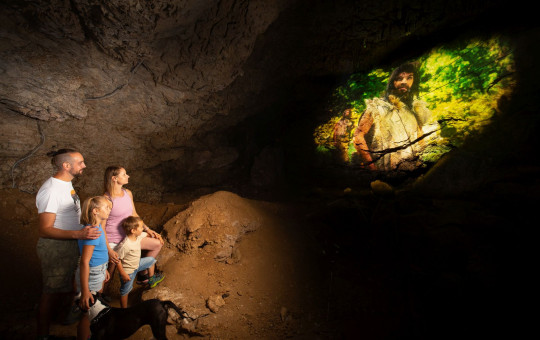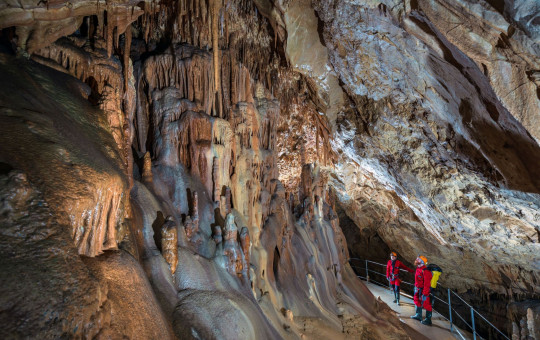Date: 6. January 2020
Time to read: 1 min
In 2002 Slovenian archaelogists uncovered a wooden wheel some 20 kilometres southeast of Ljubljana. It was established that the wheel is between 5.100 and 5.350 years old. This makes it the oldest in the world ever found.
What had at first looked like an ordinary plank turned out to be a remarkable find - it was an ancient wheel. Using the radiocarbon method, Slovenian and foreign experts established that the wheel found in Slovenia is at least a century older than those found in Switzerland and southern Germany - so far thought to be the oldest.
-
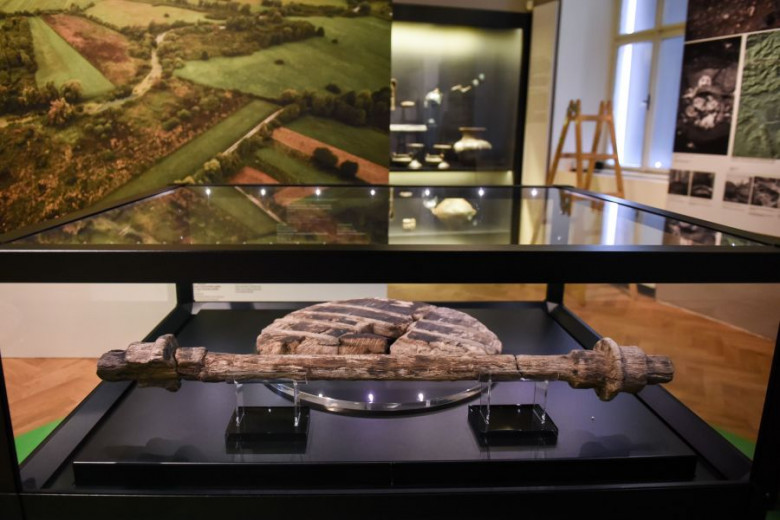 The wooden wheel belonged to a prehistoric two-wheel cart – a pushcart. Photo: Nebojša Tejić/STA
The wooden wheel belonged to a prehistoric two-wheel cart – a pushcart. Photo: Nebojša Tejić/STA
-
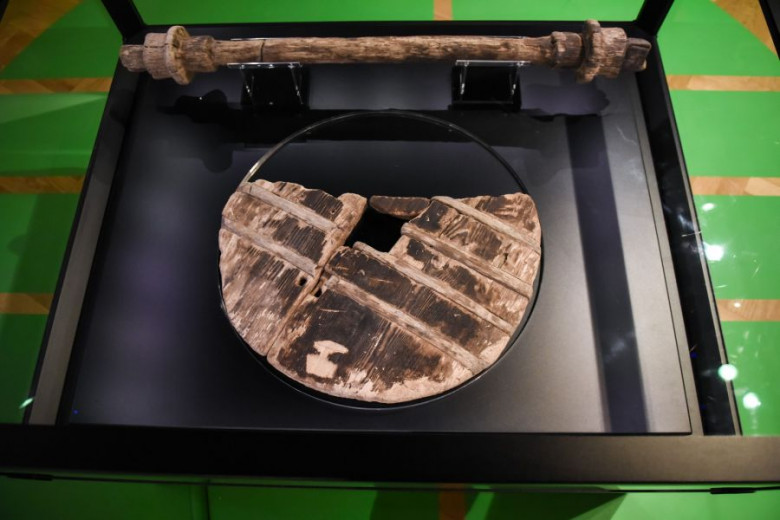 The way it was put together indicates that its makers possessed far greater skills and knew more about the properties of wood than scientists have imagined – again challenging many preconceptions. Photo: Nebojša Tejić/STA
The way it was put together indicates that its makers possessed far greater skills and knew more about the properties of wood than scientists have imagined – again challenging many preconceptions. Photo: Nebojša Tejić/STA
Invaluable artifact
The wheel found in the remains of a pile-dwelling settlement, has a radius of 70 centimetres and is five cm thick. It is made of ash and oak. The wheel is surprisingly technologically advanced, made of two ashen panels of the same tree. The axle, whose age could not be established as precisely, is about as old as the wheel. It is 120 centimetres long and made of oak. Both the wheel and the axle had probably been scorched, in order to protect them against pests. Slovenian experts surmise that the wheel they found belonged to a single-axle cart.
The aperture for the axle on the wheel is square, which means that the wheel and the axis rotated together and, considering the rough ground, the cart probably had only one axle. We can only guess what the cart itself was like.
Despite it seeming simplicity, the wheel turned out to be an invaluable artifact that shed light one of Europe’s earliest civilizations, a culture with an important presence on the territory of modern-day Slovenia.
The clues that this and other objects from the Ljubljana Marshes provided about Europe’s past led UNESCO to add the area in their prestigious World Heritage list in 2011.
-
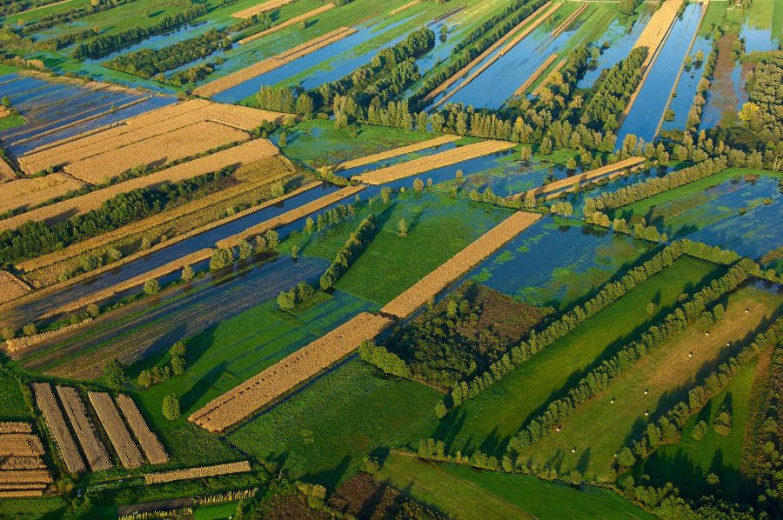 The Ljubljana Marshes is a unique intertwinement of meadows, fields, hedges and channels, where the green surfaces meet with the sky and the River Ljubljana, which has helped create the marshes through history. Photo: Matevž Lenarčič/ www.slovenia.info
The Ljubljana Marshes is a unique intertwinement of meadows, fields, hedges and channels, where the green surfaces meet with the sky and the River Ljubljana, which has helped create the marshes through history. Photo: Matevž Lenarčič/ www.slovenia.info
-
 In this small piece of territory, several cultures have left their mark, from the prehistoric pile dwellers and ancient Romans, to the determined drainers of the marsh, which was supposed to become the granary of the Hapsburg Monarchy. Photo: Jošt Gantar/www.slovenia.info
In this small piece of territory, several cultures have left their mark, from the prehistoric pile dwellers and ancient Romans, to the determined drainers of the marsh, which was supposed to become the granary of the Hapsburg Monarchy. Photo: Jošt Gantar/www.slovenia.info
The wheel is making its first public appearance in the City Museum of Ljubljana in 2013 at the exhibition THE WHEEL – 5,200 years, which links ancient heritage, technological and scientific development with culture and art in an original manner and even escapes the limitations of the planet.


